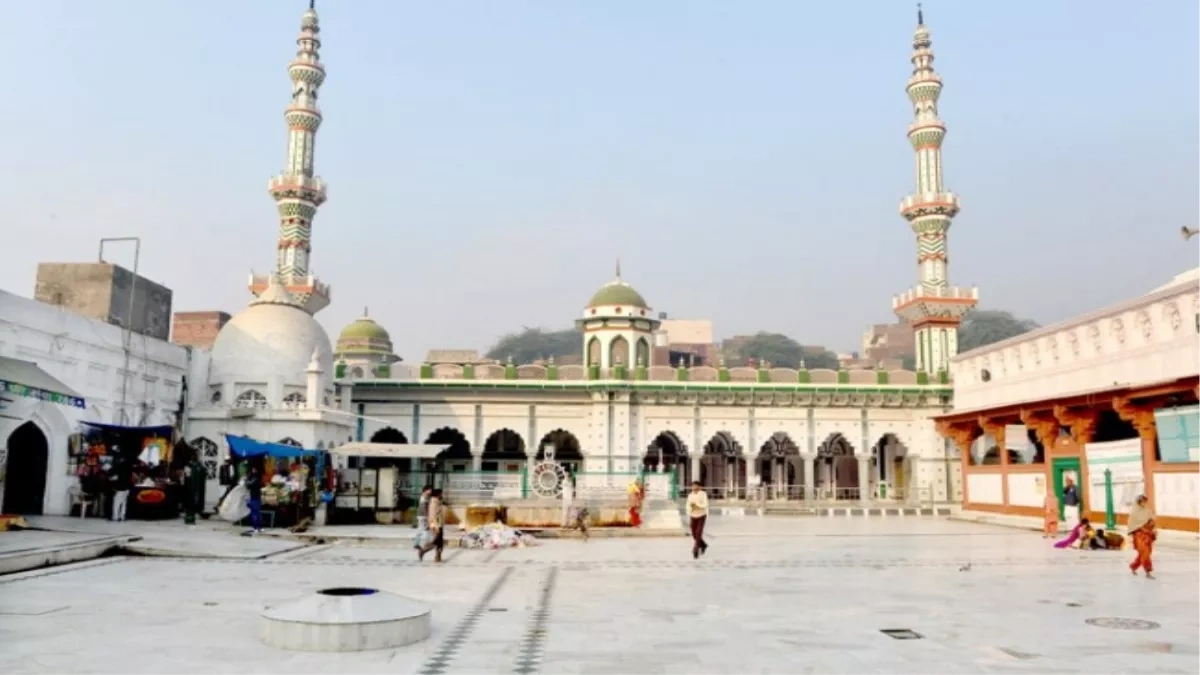About Panipat

Welcome To Panipat
Besides its historical significance, Panipat is known for its thriving textile and carpet industry, often called the “City of Weavers” due to its prominence in producing handloom products. The city has a distinct cultural charm, combining the heritage of its ancient monuments with the vitality of its local industries, which continue to grow, thanks to its location along the historic Grand Trunk Road.
- Climate: Panipat experiences a semi-arid climate characterized by distinct seasons:
- Summers: Lasting from April to June, summers are hot, with temperatures often exceeding 40°C (104°F). The heat can be intense, making early mornings and evenings the best times for outdoor activities.
- Monsoon Season: The monsoon season runs from July to September, bringing moderate to heavy rainfall. This is essential for agriculture, as it replenishes water sources and supports crop growth.
- Winters: Winters, from November to February, are cool and dry, with temperatures ranging from 5°C to 20°C (41°F to 68°F). This season is pleasant and ideal for exploring the city and its surroundings.
- Panipat's economy is diverse, primarily revolving around textile production, agriculture, and trade:
- Textile Industry: Known as the "City of Weavers," Panipat is famous for its handloom and textile products, including carpets, blankets, and furnishings. The city hosts numerous textile mills that contribute significantly to its economy.
- Agriculture: The fertile land around Panipat supports the cultivation of wheat, rice, and sugarcane. The agricultural sector plays a vital role in providing livelihoods to many residents.
- Trade and Commerce: Panipat's strategic location has made it a bustling trade center, facilitating commerce between northern India and other regions.
- Panipat boasts a rich cultural heritage, with historical landmarks and festivals that celebrate its legacy:
- Local Festivals: Various festivals, such as Baisakhi and Diwali, are celebrated with great enthusiasm. These events foster community spirit and showcase the region’s traditions.
- Historical Events: The city commemorates the significant battles fought here through various events and educational initiatives, helping preserve its historical importance.
- Monuments and Landmarks: Key sites include the Panipat Museum, which showcases the city’s history, and the Tomb of Ibrahim Lodi, an important historical monument. The battlefields of Panipat also draw history enthusiasts.
- Cultural Experiences: Visitors can experience local traditions through crafts, music, and dance, reflecting the region's vibrant culture.
- Shopping: Panipat's markets are known for textiles, handicrafts, and traditional goods, allowing visitors to explore and purchase locally made products.
- Cuisine: The local cuisine features a variety of dishes, with staples like roti, dal, and seasonal vegetables. Popular street foods and sweets offer a taste of the region’s culinary diversity.
Panipat's unique blend of historical significance, vibrant culture, and economic development makes it an intriguing destination, offering visitors a chance to explore both its rich past and contemporary life.